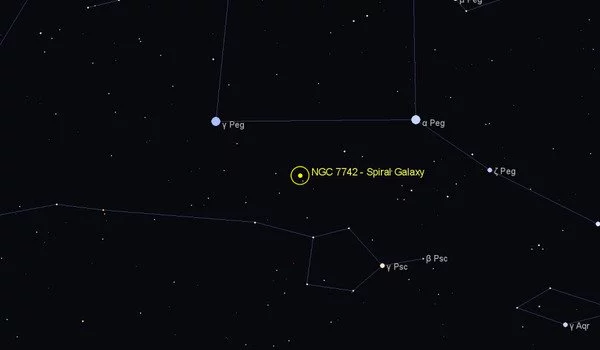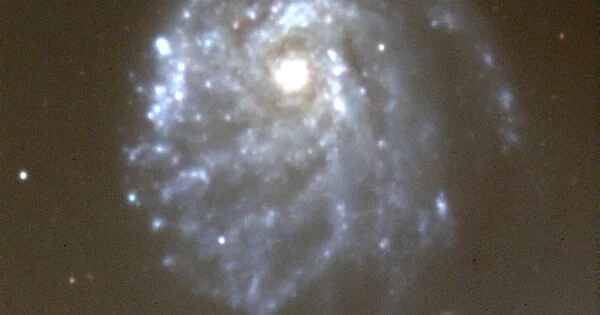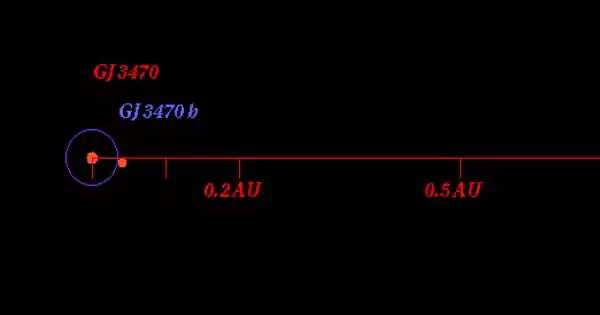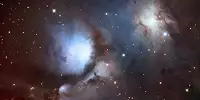NGC 7742 is a Spiral Galaxy in the constellation Pegasus. It is approximately 3,000 light-years across. NGC 7742 is a Seyfert galaxy located 72 million light-years away in the constellation Pegasus. It is a type of active spiral galaxy with a center or nucleus that is very bright at visible wavelengths. Because NGC 7742 is close to the celestial equator, it is visible from both hemispheres at different times of the year.
The Fried Egg Galaxy, also known as NGC 7742, is a face-on unbarred spiral galaxy in the constellation Pegasus. It is also classified as a Seyfert Galaxy Type II. In fact, this spiral is known to be a Seyfert 2 active galaxy, a type of galaxy that is probably powered by a black hole residing in its core. The core of NGC 7742 is the large yellow “yolk” in the center of the image.

This core is surrounded by a lumpy, thick ring of active star birth. The ring is approximately 3,000 light-years away from the core. Tightly wound spiral arms are also visible. A wispy band of material surrounds the inner ring, which is most likely the remains of a once very active stellar breeding ground. The incredible brightness of Seyferts can change over days to months across the spectrum, and galaxies like NGC 7742 are suspected of harboring massive black holes at their cores.
The galaxy is distinct in that it has a ring but no bar. A ring structure is typically made up of bars. Gas is drawn to the ends of the bars by gravitational forces, where it forms the rings seen in many barred spiral galaxies. However, because there is no bar in this galaxy, this mechanism cannot be used to explain the formation of the ring. According to O. K. Sil’chenko and A. V. Moiseev, the ring was formed in part as a result of a merger event in which a smaller gas-rich dwarf galaxy collided with NGC 7742.
They cite the unusually bright central region, the presence of a highly inclined central gas disk, and the presence of gas that is counterrotating (or rotating in the opposite direction) with respect to the stars as evidence for this. NGC 7742 has been home to two Type II supernovae, SN 1993R and SN 2014cy.
















